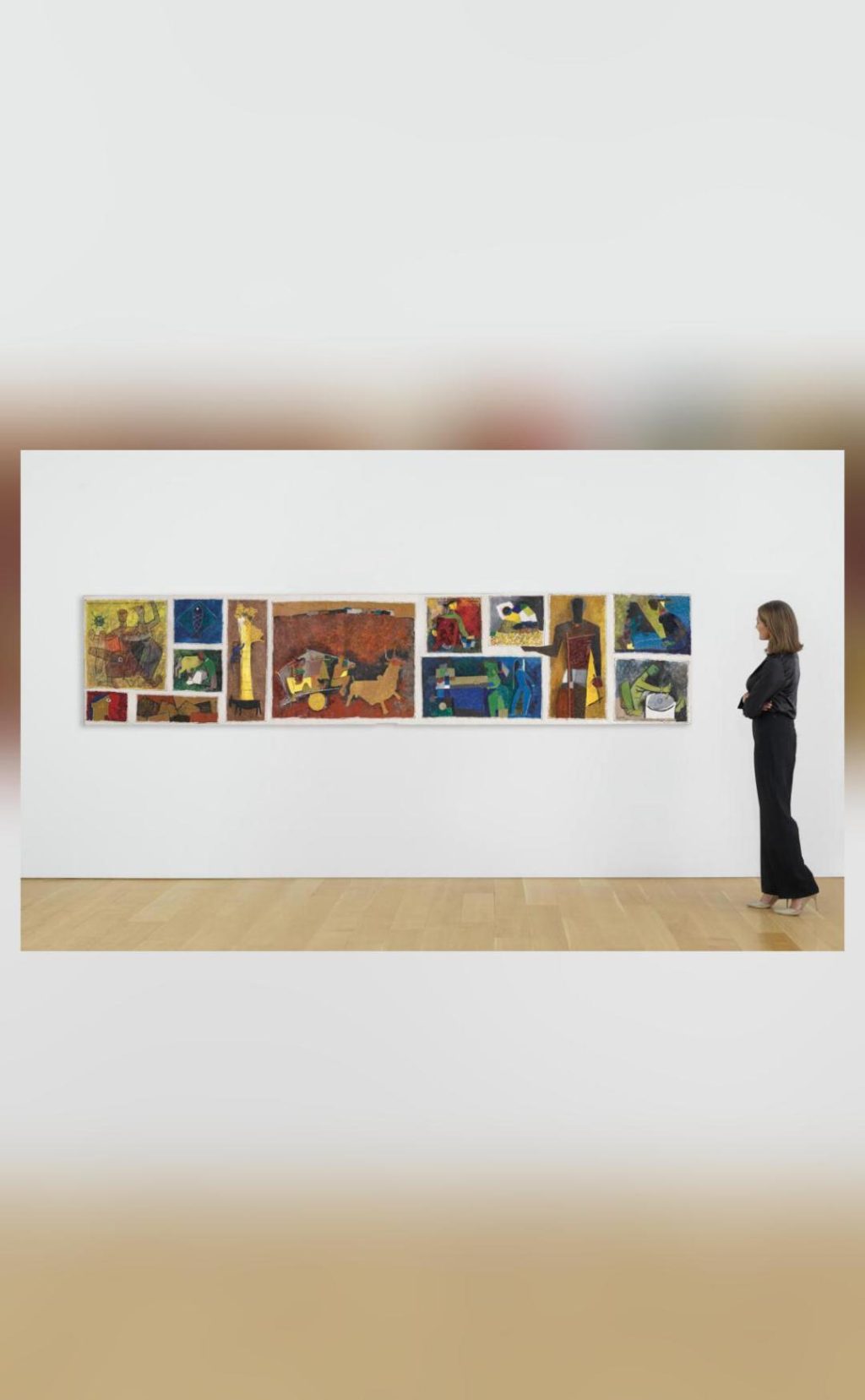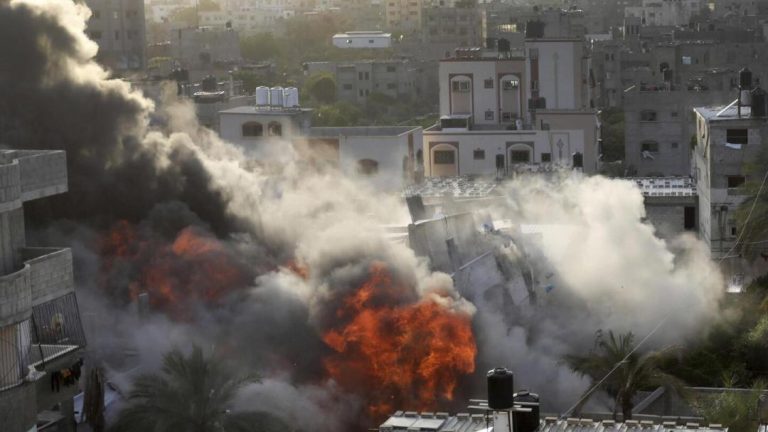
How did India’s most expensive artwork, by MF Husain, reach a Norway hospital?
In a fascinating tale of art, philanthropy, and serendipity, the story of MF Husain’s ‘Untitled (Gram Yatra)’ has taken the art world by storm. Sold at a Christie’s auction for a whopping ₹118 crore, the painting has become India’s most expensive artwork. But what makes this tale even more remarkable is the unexpected journey this masterpiece has taken – from the studio of the renowned Indian artist to the corridors of an Oslo hospital.
The story begins in 1954, when LE Volodarsky, a Norway-based surgeon, acquired the painting from MF Husain himself. Volodarsky was a great admirer of Husain’s work and had developed a strong connection with the artist. The painting, titled ‘Untitled (Gram Yatra)’, is a testament to Husain’s unique style, blending traditional Indian motifs with modernist influences. It is a vibrant depiction of rural life, with bold brushstrokes and vibrant colors that seem to dance across the canvas.
However, Volodarsky’s connection with the painting went beyond mere art appreciation. He was so taken by the painting that he decided to donate it to Oslo University Hospital in 1964. The hospital, which was founded in 1810, had a long history of philanthropy and dedication to healthcare. Volodarsky’s gift was a reflection of his own commitment to giving back to the community.
So, why did Volodarsky choose to donate the painting to a hospital? According to reports, Volodarsky believed that art had the power to heal and bring people together. He wanted to create a private corridor in the hospital where patients, staff, and visitors could come together to appreciate the beauty of art. The corridor, which was designed specifically to showcase the painting, was intended to be a calming and uplifting space that would provide a respite from the stresses of hospital life.
For over five decades, the painting remained on display at the hospital, a testament to Volodarsky’s vision and commitment to the power of art. Patients, staff, and visitors alike would come to admire the painting, and it became a beloved part of the hospital’s culture. However, as the years went by, the hospital’s priorities shifted, and the painting was eventually moved to storage.
It wasn’t until 2019 that the painting resurfaced, when Christie’s auction house announced that it would be selling the painting at an upcoming auction. The news sent shockwaves through the art world, with many wondering how a masterpiece of this caliber had ended up in a Norwegian hospital.
As the auction neared, the painting’s provenance was scrutinized, and its history was pieced together. It became clear that Volodarsky had been a true patron of the arts, and his donation to the hospital had been a selfless act of philanthropy. The painting’s journey from the studio of MF Husain to the corridors of an Oslo hospital was a testament to the power of art to bring people together and transcend borders.
The auction itself was a major event, with art enthusiasts and collectors from around the world bidding on the painting. In the end, it was sold for a staggering ₹118 crore, making it India’s most expensive artwork.
The sale of ‘Untitled (Gram Yatra)’ has sparked a renewed interest in MF Husain’s work, and his legacy as one of India’s most celebrated artists. It has also highlighted the importance of philanthropy and the role that art can play in bringing people together.
As we reflect on the journey of this remarkable painting, we are reminded of the power of art to transcend borders and connect us with each other. From the studio of MF Husain to the corridors of an Oslo hospital, ‘Untitled (Gram Yatra)’ is a testament to the enduring power of art to bring people together and inspire us.
Source:
https://indianexpress.com/article/explained/explained-culture/m-f-husain-painting-9903618/lite/




